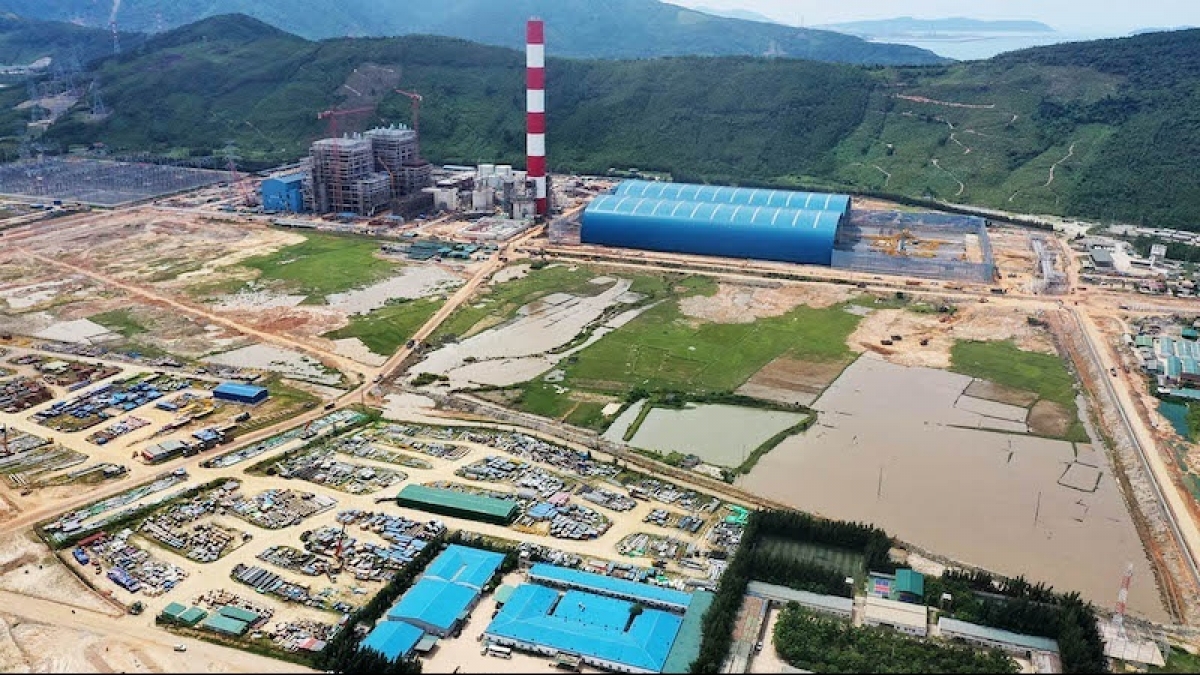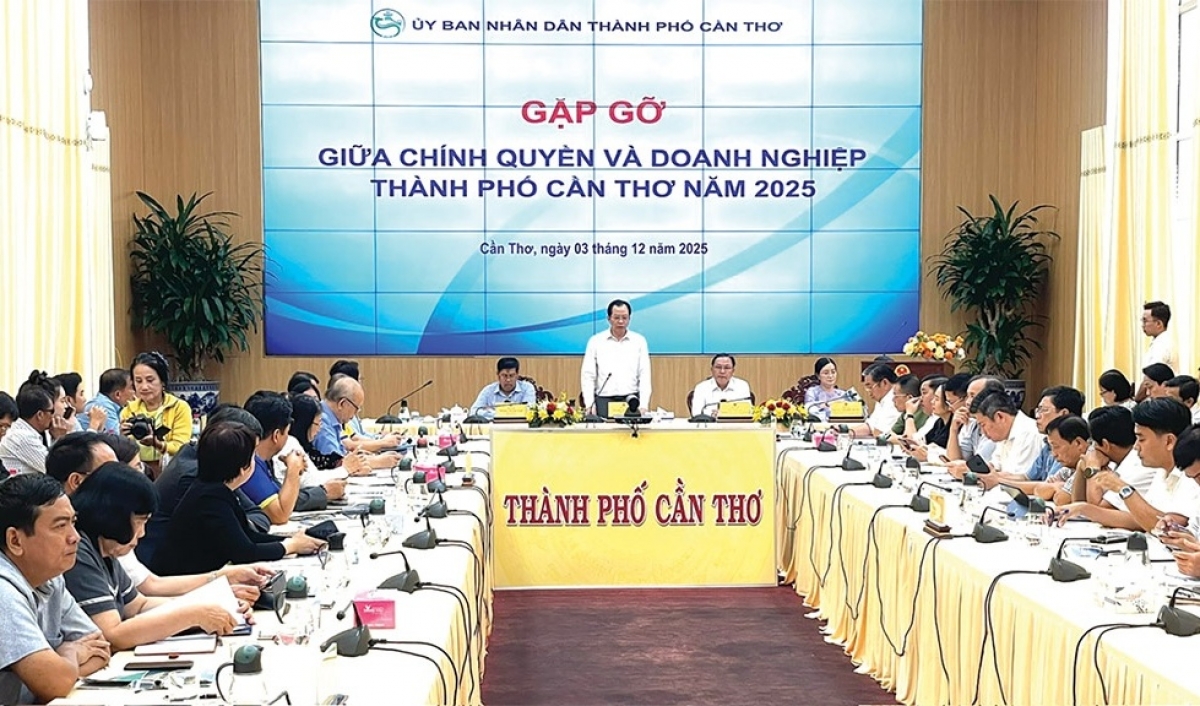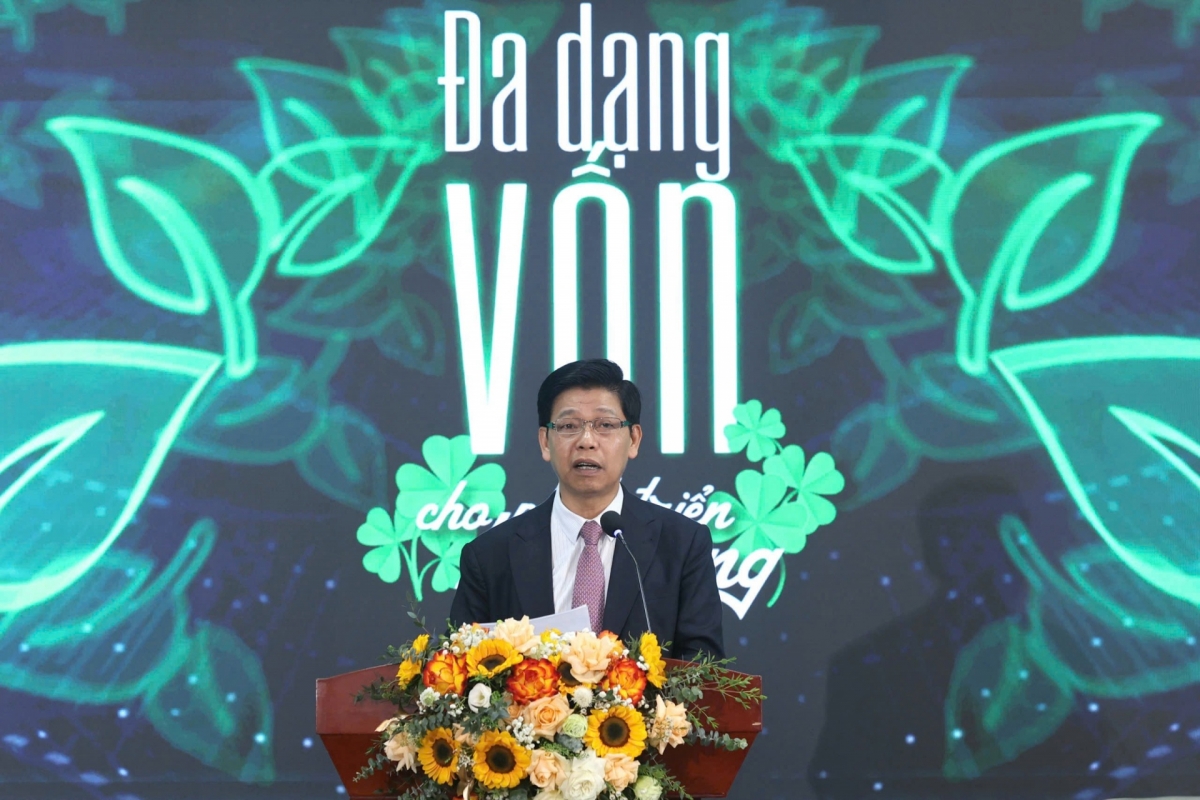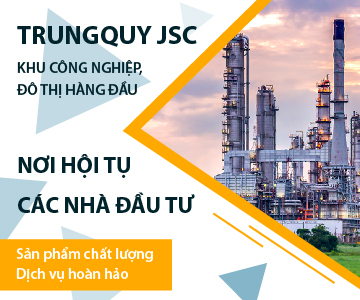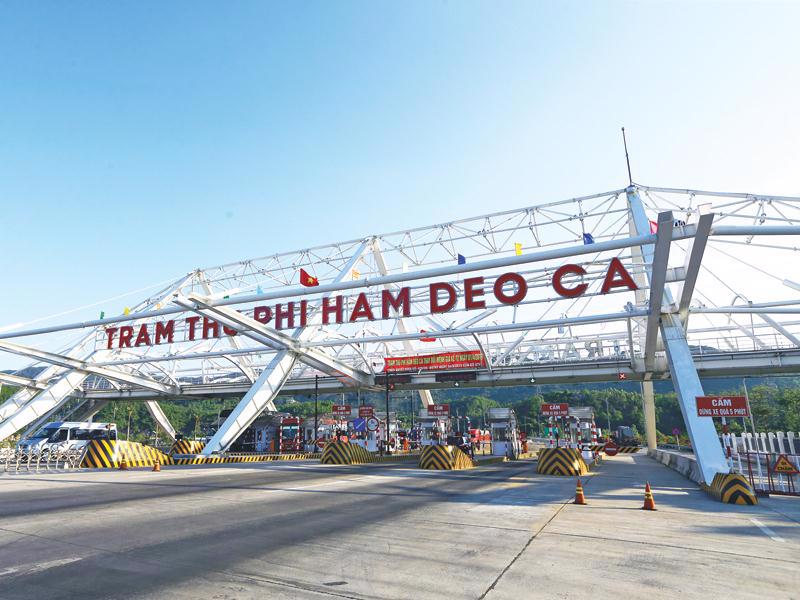INTERNATIONAL INVESTMENT
AND PORTAL
The dream of affordable housing for millions of Vietnamese workers, from industrial zone labourers to urban youth, is increasingly out of reach amid rapid urbanisation and skyrocketing commercial housing prices.
 Dr. Jerry Nguyen, deputy general director, Investment and International Business Development, Hoa Binh Construction Group
Dr. Jerry Nguyen, deputy general director, Investment and International Business Development, Hoa Binh Construction Group
The scheme was a humanitarian mission, promising to provide housing opportunities for low-income individuals. However, this dream remains far from reality for those who need it most.
The latest statistics from the Ministry of Construction as of July paint a concerning picture of the social housing project’s progress. By July, only 117 social housing projects have been completed, achieving 8 per cent of the 2030 goal and 20 per cent of the goal for the 2021–2025 phase.
At the current pace, without fundamental changes, the one-million target risks remaining a mere paper figure.
Even more concerning, many ongoing schemes have stalled due to legal obstacles. Among those, 155 projects face delays due to land clearance issues and lack of capital, while 416 have not started due to conflicts between the 2024 Land Law and the 2023 Housing Law regarding land allocation and investment approval.
The shortage of social housing is not merely a social welfare issue, but also profoundly impacts Vietnam’s socioeconomic development.
According to a National Statistics Office survey, approximately 70 per cent of industrial zone workers currently live in substandard, unsafe rental accommodations, directly affecting labour productivity and quality of life. This raises serious questions about the sustainability of the current industrial development model and Vietnam’s ability to attract high-quality labour in the future.
First and foremost is the unsustainable financial mechanism. The initial $4.8 billion credit package, later increased to $5.8 billion and implemented from April 2023, has seen only about $136 million disbursed by the end of June. This accounts for just 2.3 per cent of the total credit package, highlighting significant inefficiencies in financial policy implementation and severely hindering investment and development activities by businesses in this sector.
Second, the lack of consistency and coherence in the legal framework has created major barriers. A prime example is the inconsistency regarding the 20 per cent land allocation for social housing in Hanoi, where the 2024 Land Law and 2023 Housing Law have not been fully harmonised. This has caused many projects to stall despite thorough preparations by investors.
Third, cumbersome administrative procedures, taking anywhere from 6 to 24 months, have discouraged both businesses and citizens. The project approval process, from securing investment permits and design approvals to obtaining construction permits, requires navigating multiple levels and agencies with varying requirements, creating unnecessary bottlenecks in a context that demands urgency to meet people’s pressing needs.
Finally, the issue of land allocation for social housing poses significant challenges. Many designated plots are located far from industrial zones and lack basic amenities such as schools, hospitals, markets, and public transportation.
This not only reduces the appeal of social housing projects but also imposes additional living costs on low-income families.
To find appropriate solutions, studying and learning from successful social housing models worldwide is essential. Notably, Singapore and South Korea, two countries with highly successful social housing systems in Asia, offer valuable lessons on placing citizens at the center of the entire ecosystem.
Singapore’s social housing model is managed through the Housing and Development Board, supported robustly by the Central Provident Fund. A standout feature is that citizens can access loans with preferential interest rates of just 2.5 per cent per year, with monthly repayments capped at under 20 per cent of their income.
The board serves as a comprehensive one-stop agency, overseeing the entire process from planning and investment to construction and distribution of the final product. As a result, Singapore achieves an impressive homeownership rate of over 90 per cent, a rare global success.
South Korea excels in diversifying social housing types, offering options like mini apartments for singles, public rental housing, and units for young families. With preferential loan interest rates of 1–2 per cent per year and flexible income eligibility, citizens can easily access suitable housing. The Korean government does not directly build housing, but partners with semi-public urban development corporations that operate like private enterprises while benefiting from policy support.
These experiences highlight that an effective social housing ecosystem requires close coordination among stakeholders, with each playing a specific role and benefiting from tailored incentive policies.
To overcome these barriers and restore trust, social housing policies must prioritise citizens, focusing on three principles: easy access, easy understanding, and easy purchasing. Proposed solutions include expanding beneficiaries, offering long term preferential loans, simplifying administration, diversifying products and communication.
Expanding eligible beneficiaries could include those earning under VND20 million ($800) per month in urban areas or VND14 million per month ($560) in rural areas, recent graduates, and workers with labour contracts of at least one year.
Durations need to offer repayment terms for 25-30 years at 3-4 per cent interest per year, capped at 25 per cent of income monthly for a household earning VND15 million ($600).
In simplified registration, we must enable online registration with approvals in 7–14 days, allowing self-declared income verified by trade unions or local authorities within 3 days.
Different products of mini-apartments, family units, and long-term rentals at 50–60 per cent of market rates, prioritised near workplaces, must be diversified.
In addition, accessible communication should be focused with the usage of short videos, minigames, and livestreams to guide registration and share success stories, inspiring public confidence.
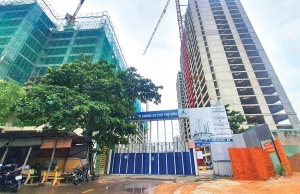 Social housing still out of reach for low-income earners
Social housing still out of reach for low-income earners
Despite growing demand for social housing, particularly in major cities like Ho Chi Minh City and Hanoi, the supply remains bottlenecked due to various regulatory, procedural, and policy barriers.
